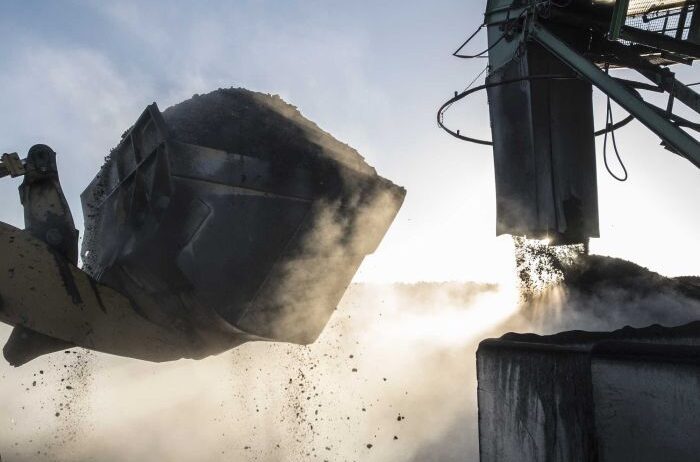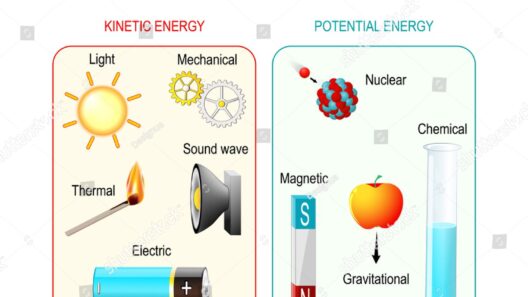Coal energy has long been a cornerstone of industrial advancement, underpinning global economies while providing essential power. However, as environmental crises escalate and the dire consequences of climate change intensify, the necessity to rethink our reliance on this finite resource becomes imperative. Balancing tradition with sustainability presents an opportunity to forge a new path forward—one that respects heritage while acknowledging the urgent need for innovation.
This discourse seeks to demystify the complexities surrounding coal energy conservation, exploring both its historical significance and contemporary imperatives for sustainable practices. Understanding the duality of coal’s legacy can yield insights into how to mitigate its environmental toll without entirely forsaking its utility.
The Historical Context of Coal Energy
To appreciate the present stance on coal, one must delve into its historical significance. The Industrial Revolution heralded coal as the fuel of progress, powering steam engines and factories that transformed societies. For over a century, coal mines cultivated economic growth and employed millions, solidifying coal’s status as a symbol of industrial prowess.
However, behind this veneer of progress lurked a growing awareness of the environmental repercussions attributable to coal combustion. This realization has prompted a gradual reassessment of coal’s role within the energy landscape. The historical lens must now pivot towards an evaluation of how coal can either contribute to the deterioration of ecosystems or serve as a bridge to a sustainable future.
The Environmental Impact of Coal
At the heart of concerns surrounding coal energy lies its substantial environmental impact. Burning coal emits significant quantities of carbon dioxide, a leading greenhouse gas that exacerbates global warming. Additionally, coal combustion releases particulate matter and volatile organic compounds, which profoundly affect air quality and public health.
The mining processes associated with coal extraction also pose grave ecological threats. Deforestation, habitat destruction, and water pollution are often collateral damages of both surface and underground mining. Consequently, exploring sustainable alternatives requires an acknowledgment of these ramifications and a fervent commitment to innovation.
Adopting Cleaner Technologies
The pursuit of conservation begins with modernizing coal usage through advanced technologies. Carbon capture and storage (CCS) has emerged as a pivotal strategy aimed at mitigating the carbon footprint of coal-fired power plants. By capturing CO2 emissions at the source and sequestering them underground, CCS can paradoxically enable coal to coexist alongside climate action efforts.
Moreover, transitioning to hybrid systems that incorporate renewable energy sources can enhance coal’s efficiency. Integrating wind, solar, and biomass with coal-fired plants can lead to a reduction in fossil fuel dependence while providing a stable energy supply. As technology progresses, the feasibility of these hybrid models becomes increasingly apparent. The imperative lies in not only recognizing their potential but also committing to widespread implementation.
Enhancing Energy Efficiency
Another vital aspect of conserving coal energy lies in enhancing the overall energy efficiency of coal-fired power plants. Routine maintenance and modernization initiatives can significantly reduce wastage. Technologies such as supercritical steam cycles can increase the efficiency of converting thermal energy to electricity, ensuring that every gram of coal burned yields maximum output.
Additionally, energy management systems can optimize operations and minimize losses. Smart meters and automated controls, equipped with advanced data analytics, can discern energy consumption patterns and promote energy conservation strategies. By harnessing such technologies, operators can drive efficiencies, thus mitigating environmental impacts while preserving coal’s viability as a power source.
Community Engagement and Education
Comprehending the dual legacy of coal necessitates an inclusive dialogue involving all stakeholders—communities, policymakers, and industry leaders alike. Education and outreach initiatives are paramount. Engaging communities in conversations about energy conservation, pollution reduction, and climate mitigation fosters a shared understanding of the challenges and opportunities that coal present.
Furthermore, involving local populations in decision-making processes regarding coal projects ensures their needs and concerns are considered. This approach incites stewardship and accountability, establishing a foundation for sustainable energy practices that honor both heritage and ecological integrity.
The Shift Towards Renewable Energy
While conserving coal energy is a pragmatic interim strategy, the long-term transition towards entirely renewable energy resources remains crucial. Investing in sustainable alternatives—such as solar, wind, hydropower, and geothermal technologies—creates an environment where coal can be phased out rigorously yet responsibly.
Enhancing infrastructure to support renewable advancements, alongside governmental incentives, can accelerate this transition. The financial burdens associated with developing renewable energy technologies must be acknowledged, yet they represent opportunities for economic revitalization, job creation, and environmental remediation.
The Promise of a Balanced Future
The path to balancing tradition and sustainability requires a multi-faceted approach; one that preserves the benefits of coal energy while simultaneously prioritizing ecological health. The legacy of coal need not become an archaic remnant of the past but instead can evolve into a platform for innovative techniques and cleaner practices.
This paradigm shift necessitates collaboration among all stakeholders, a commitment to technological advancements, and an unwavering dedication to educating the populace about the road ahead. By combining the lessons of tradition with the imperatives of sustainability, it becomes feasible not just to conserve coal energy, but to reimagine it as part of a holistic energy future—one where economic growth does not come at the expense of our planet.
Ultimately, the roadmap towards a more sustainable energy landscape hinges on our collective ability to act decisively. With curiosity ignited and the promise of innovation at our fingertips, society has the potential to usher in a future where the balance between tradition and sustainability is not a paradox, but rather a harmonious synthesis.





